Everything you need to know about the buildings of Machu Picchu and the ancient Inca architecture
Machu Picchu is almost the only Inca site in Peru that survived the Spanish invasion and the last 500 years unscathed. As such, it is one of the few places where you can experience the architectonical ingenuity of the Inca masons. Despite its picture-perfect vista, few facts are known about Machu Picchu. The Lost City of the Incas remains a mystery, though the buildings hint at a glorious story. Here is everything you need to know about the Machu Picchu architecture.
________________
Wondering what to pack for Machu Picchu? Read my ultimate packing list!
How was Machu Picchu built?
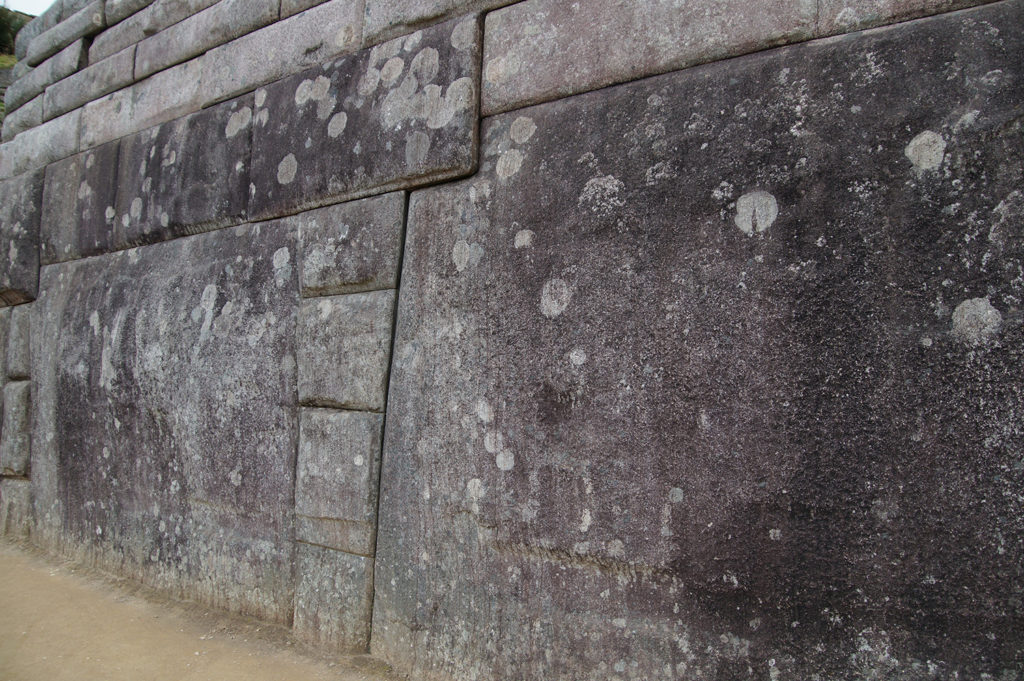
Machu Picchu was built around 1450 AD on a mountain ridge roughly 2,420 meters above sea level using simple tools*. Roughly 200 structures survived throughout the ruins – all of them lost their wooden, straw-thatched roofs over the ages. But the decay stopped at the perfectly cut granite stones. These remain impeccable and showcase the unbelievable skill of the Inca masons. The technique of fitting stones without mortar is known as Ashlar. The Inca refrained from using mortar because the loose-fitting was more resistant to earthquakes and the whole Urubamba Valley was prone to experiencing them.
*Note: The most recent research hints that the place was occupied as early as 1420 AD
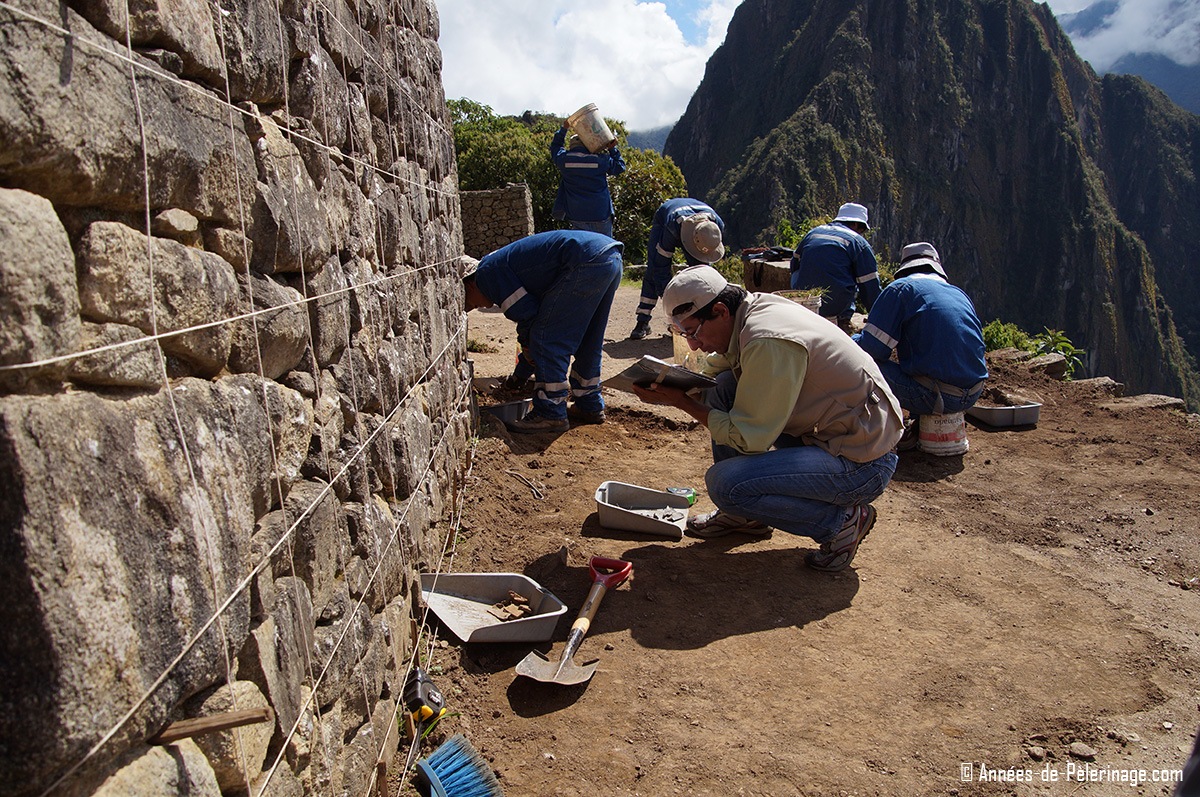
The most amazing part: Steel and other hard metals were unknown to the Incas. They cut the stones using bronze tools and harder stones from nearby quarries. Judging from tool marks left on the stones it is most probable that the Incas pounded the stones into shape and not really cut them.
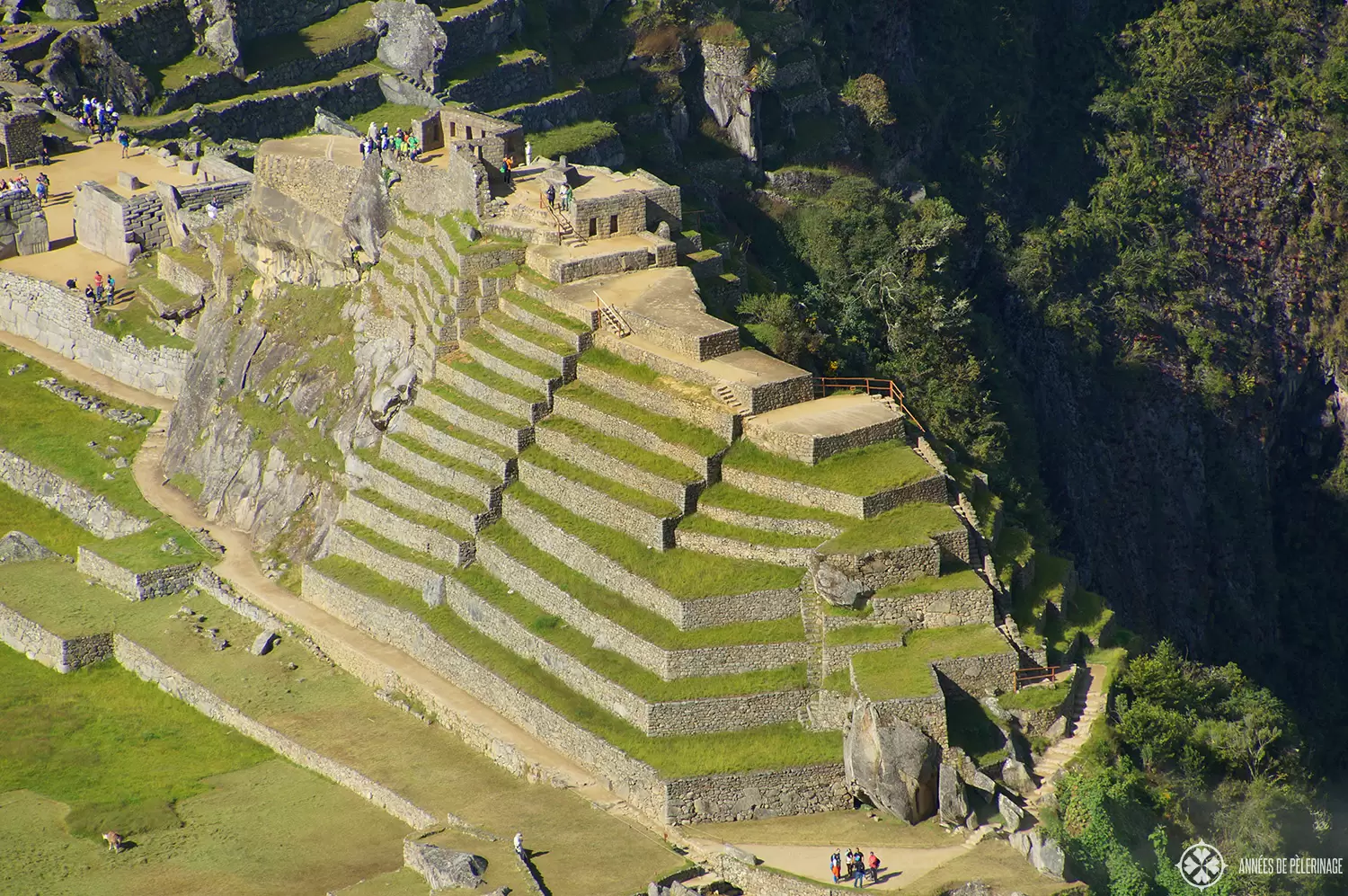
If you look closely, you will find a quarry right inside Machu Picchu. The Inca citadel was, quite apparently, never finished. The heavy stones, some weighing more than 50 tons, were hewn right out of the rock. There was no need to transport them over long distances. Given Machu Picchu’s elevated and secluded location that would probably not have been possible anyway. Smaller stones were transported to the various construction sites by lamas, while larger stones were pulled with ropes and levers. The Inca never invented the wheel as we know it.
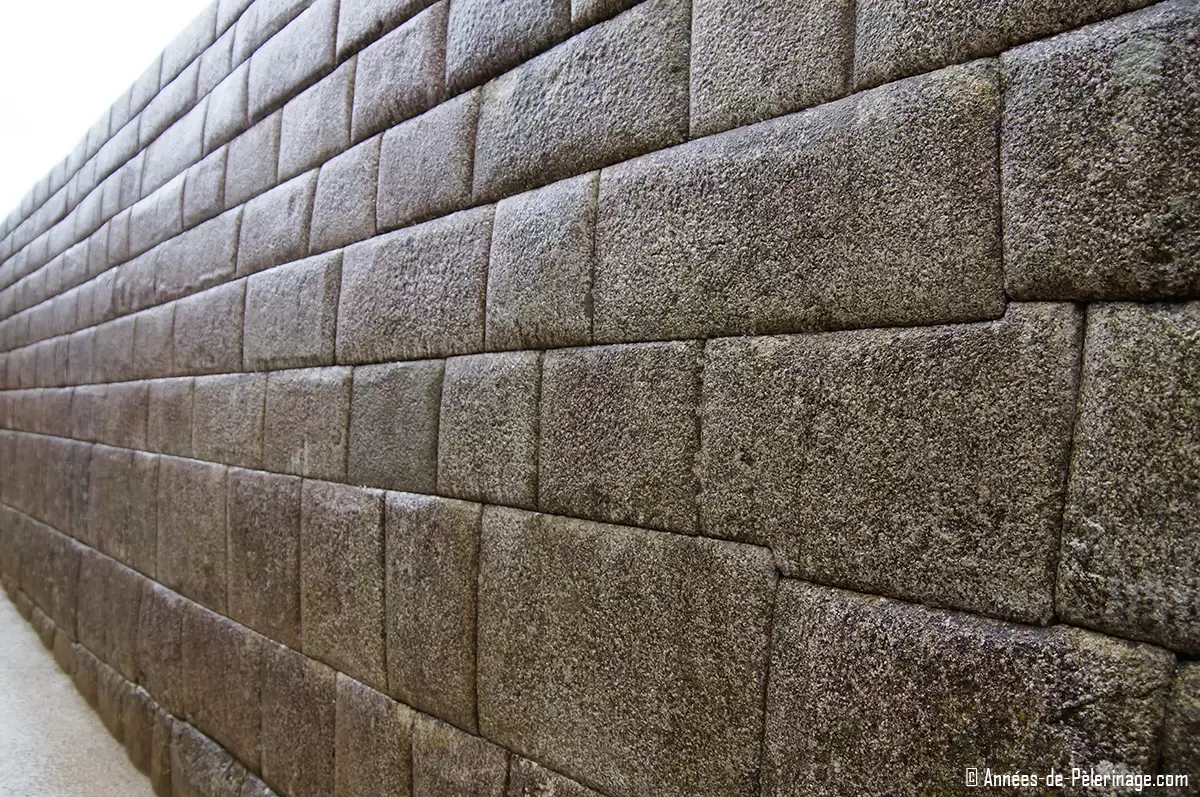
The stone blocks were almost all finished on site, following the demands of the Ashlar technique. On some bigger stones, you can still find smaller indentations to secure ropes or for workers to get a better hold. Adobe and bricks were not used in Machu Picchu. Most residential houses probably had a light finish consisting of ground stones and sand. It is not known whether the walls have been painted afterward. From other sites, we know that religious structures often featured golden panels, while normal houses sometimes were painted.
A building technique known as wayrona style can be found around the sacred plaza. These temples might have had such a gilded finish, though evidence suggests that they were never finished. The Temple of Three Windows in Machu Picchu is also a good example.
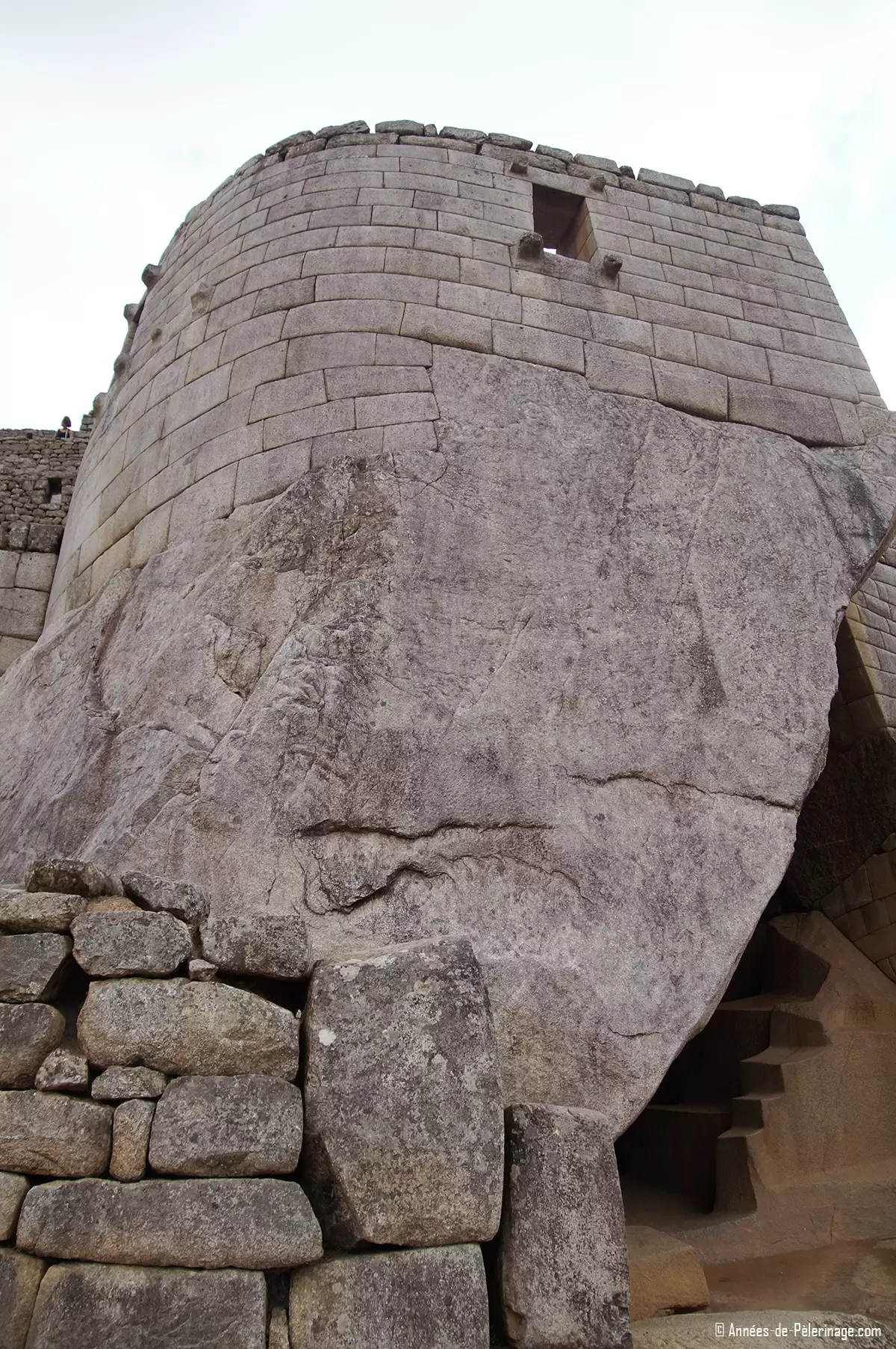
All houses follow a rectangular ground plot, with the temple of the sun being the only exception. This is a pattern known from other Inca sites as well (and actually applies to our modern cities as well – where only a few public buildings of Machu Picchu are not more or less rectangular). The walls are rather irregular and follow the shape of the stones, and not so much a strict geometry. Sometimes you will find niches – used to place holy objects or mummies of the ancestors.
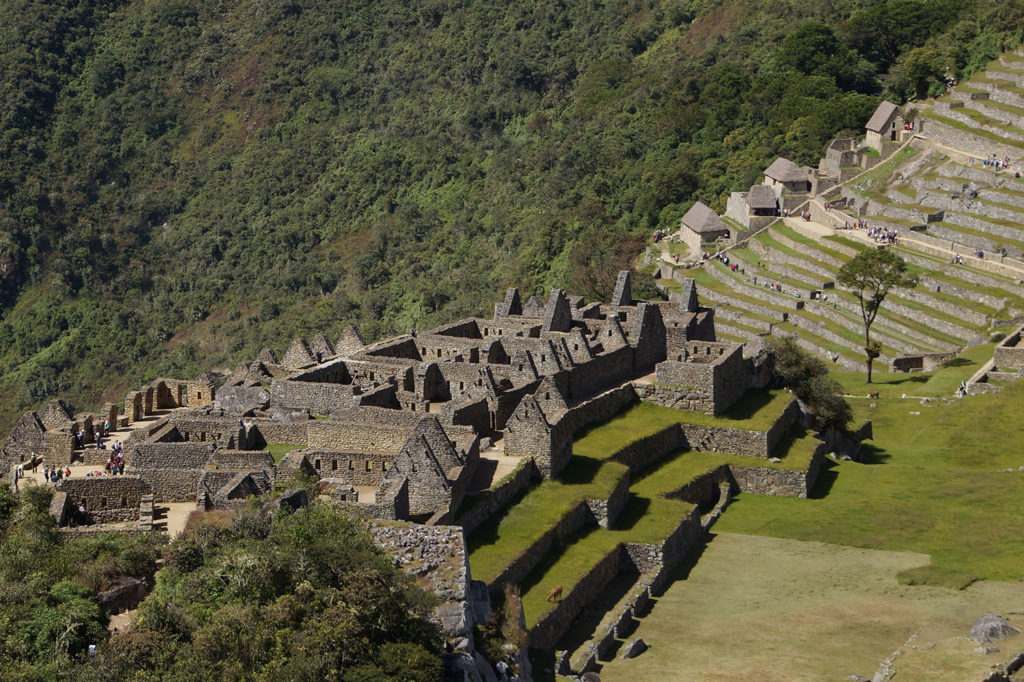
All buildings are one-storied, though some buildings might have housed an attic. Not all of them feature windows, but if they do, they are usually trapezoidal. The walls are usually slanted, with rounded corners and L-shaped support elements. The roofs would probably have been very steep (about 60 degrees) as it rains a lot (read more about the Machu Picchu weather here). Underneath hides a perfect drainage system that still works today. Little channels crisscross the whole Inca citadel and obediently carry away all the water during the heavy rainfalls that frequently occur.
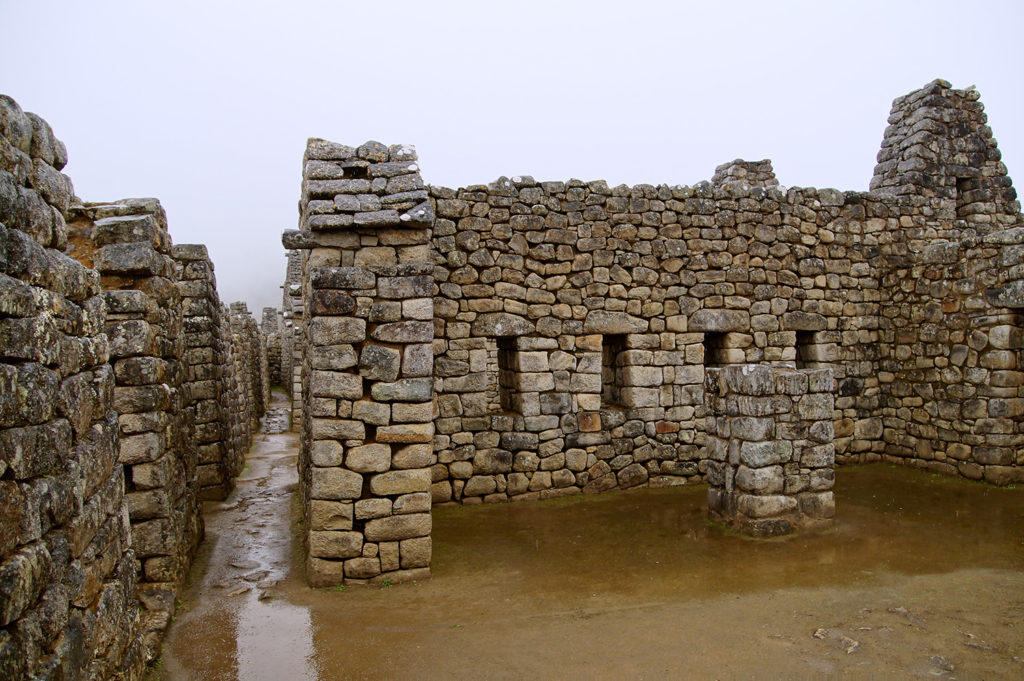
It’s not only the houses that deserve notice. Perfect terraces surround Machu Picchu. They do add to the drainage system and were naturally also employed as fields to grow crops, in case you were wondering about the purpose of those terraces. Quinoa, Maize, and potatoes were probably grown here. Some crops maybe even in a religious context. The Agricultural techniques of the Inca were very advanced. So advances was the design of terraces that they were able to create minute microclimates on the different levels.
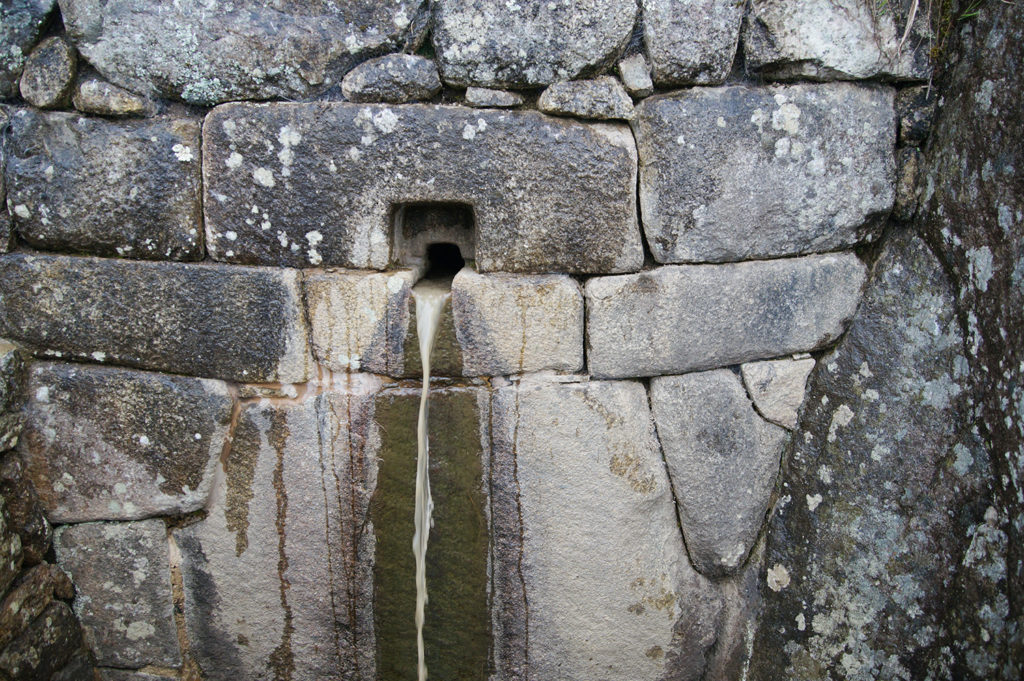
Everything is connected by perfect stairs, some of them quite steep, but still in good shape. If you look closely, you will notice that Machu Picchu is divided into different, easily recognizable districts. Most apparent is the city wall closing off the agricultural sector with its many terraces. But also within the actual city limits, differences can be seen.
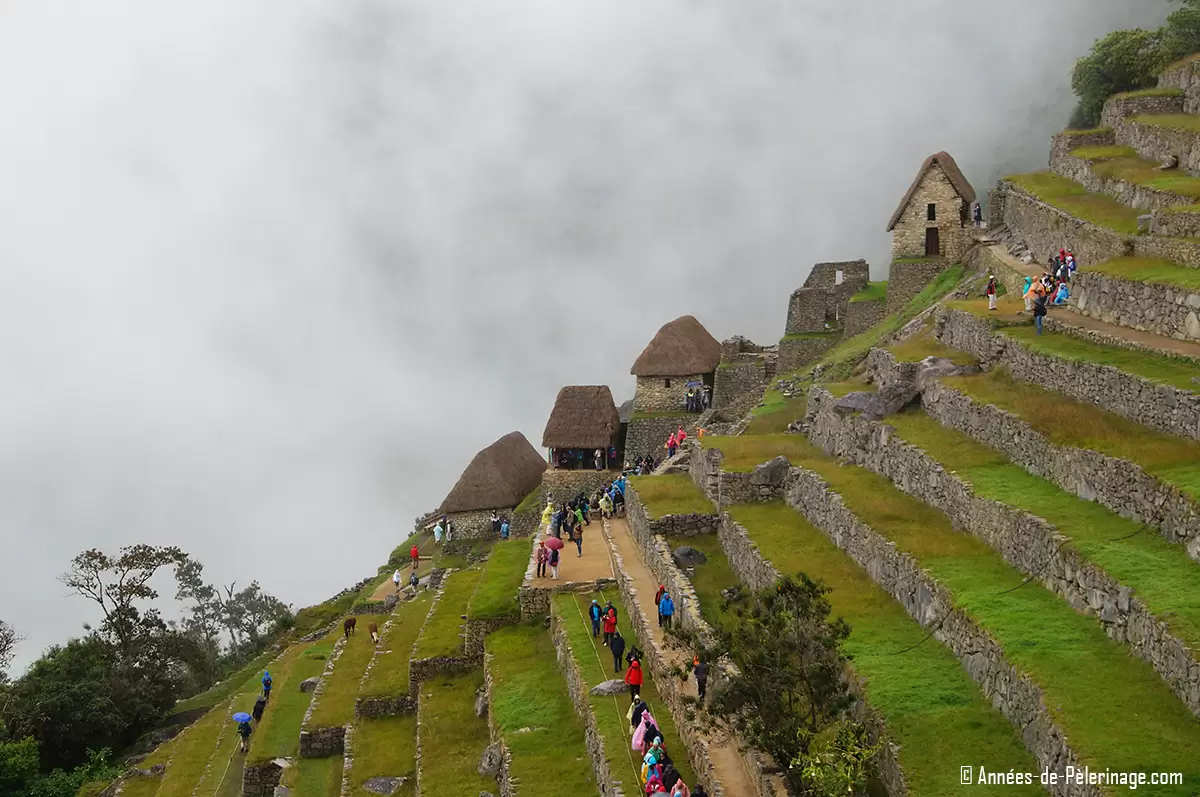
On the left-hand side, you see the royal compound, with its perfectly cut stones. Not even a needle will fit in between the stones. On the right-hand side, you will see a sprawling residential area, with houses not as perfectly set. These interconnected houses are known as kanchas, and were probably home to larger families. In the royal sector, you will find larger building units, known as kallanka. These usually had multiple doorways, facing an open square. These were used for smaller, public gatherings.
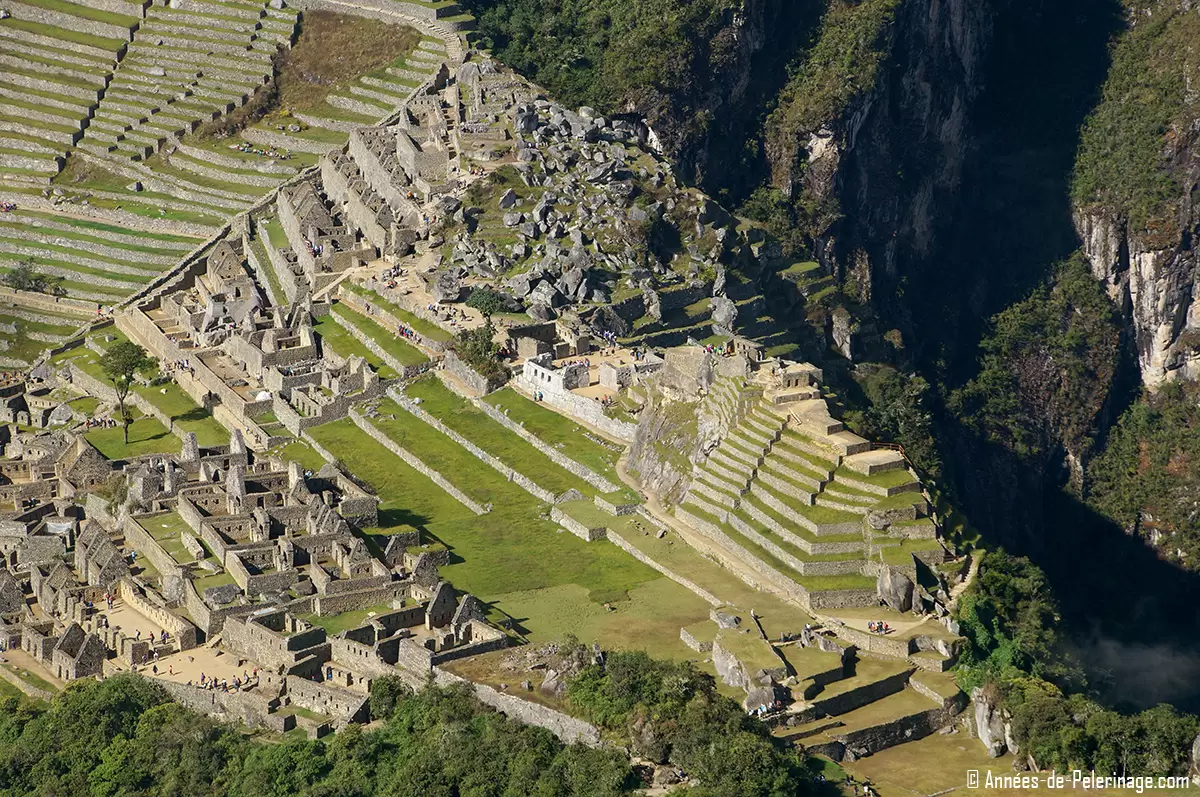
Peculiarities of the Machu Picchu architecture
Perhaps most notably is the fact that the Incas followed the terrain rather than applying the conventional layout of other classical Inca cities. Usually, the palaces and temples were built on an elevated area. In Machu Picchu all buildings follow the more or less same design, creating one consistent unit. This led scientists to believe that Machu Picchu must have been a royal country estate and not a regular city. It is the reason why it is often called a citadel.
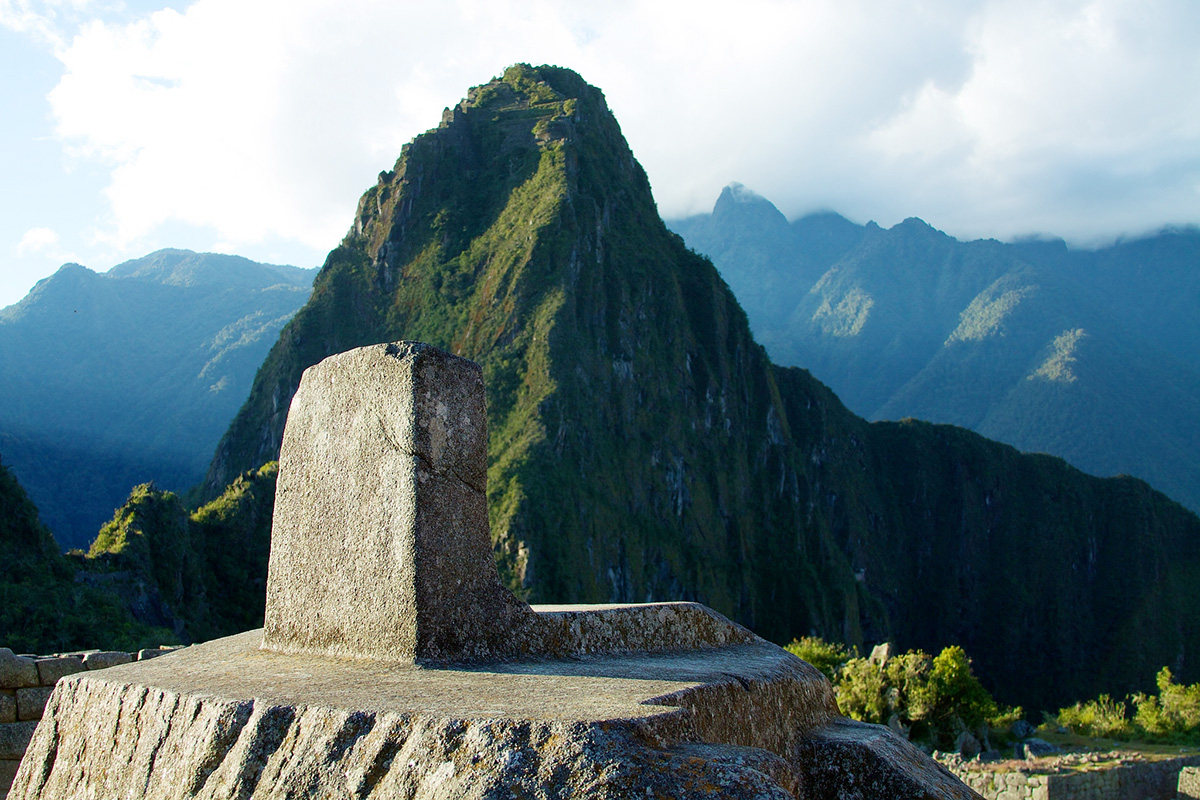
The Inca were a religious people, revering nature and the gods that shaped it. This is most apparent in the architecture. For example, the temple of the sun stands on a particularly big granite rock. The intihuatana stone (read more about it here) is hewn right out of the mountain and the temple of the Condor, too, makes use of the natural stone to create the impression of gigantic spread wings.
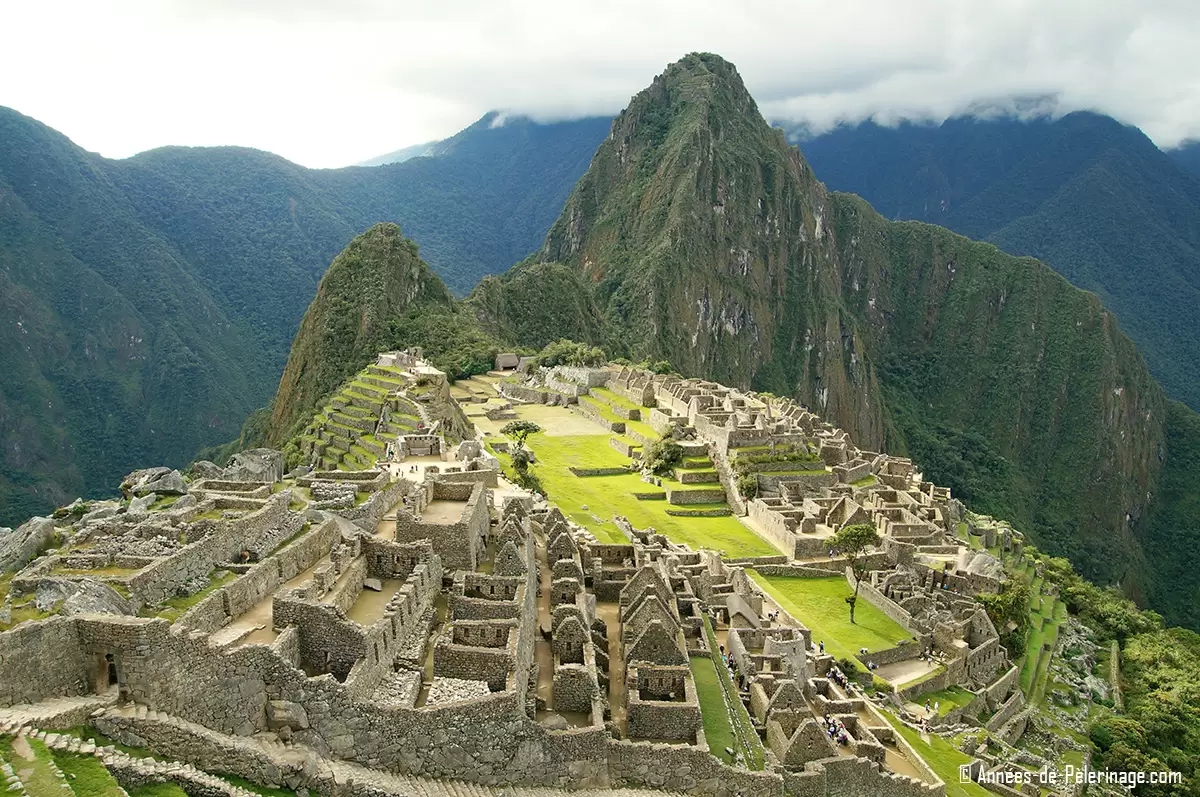
Last but not least, it is again important to note that Machu Picchu had a city wall. This is very untypically because war among the Incas was not the kind of all-out warfare we know today. Much like in ancient Greece, battles were set-pieces that rarely involved the destruction of cities. Only very late cities (like Ollantaytambo) of the Inca civilization feature such fortified structures – to ward off the Spanish invaders.


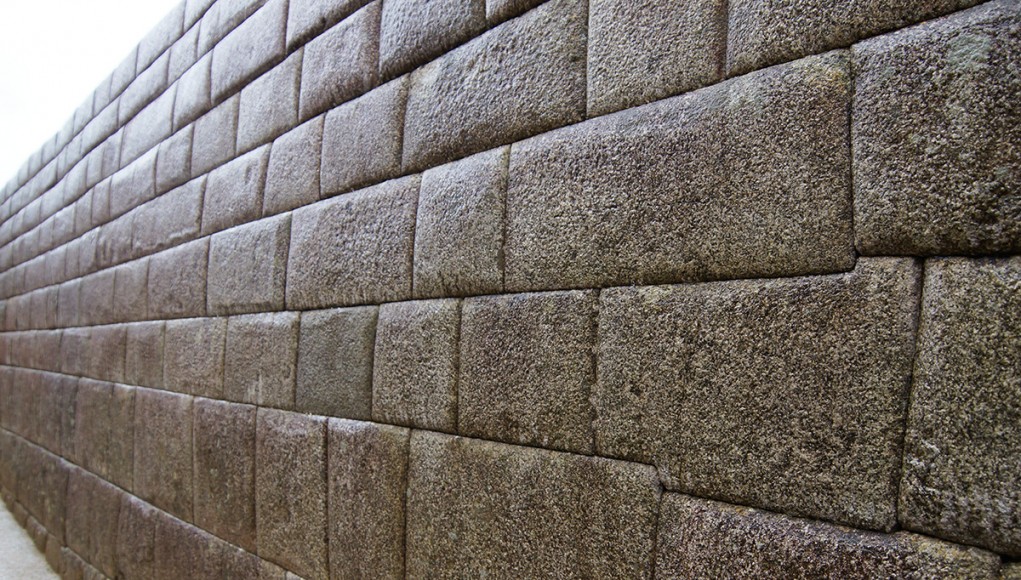
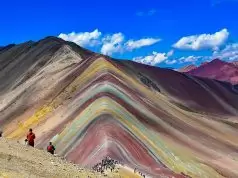
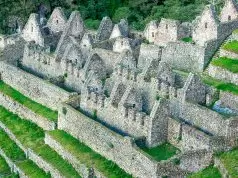
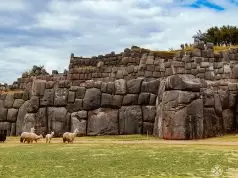


I’m sorry, but you dont actually explain how any of it was done. In fact, you make bold statements like “there is a quarry inside the town” without showing a single picture of it. It is an obvious lie. Also, no mention of the ruins that the city appears to be built on. Also, you make the statement that the stones were not cut, but pounded into shape with bronze. A soft metal, and harder stones. But we’re talking granite stones, here. Are you seriously suggesting they had the ability to pound 50 ton granite blocks into perfect shape with diurite or diamond? It’s a nice attempt to place Macchu Picchu as something understood by mainstream archeologists, but it simply is not. Quit lying to as a means to show ads in an article you personally dont fully understand.
I am no archeologist, so I make no bold claims at all. There is a picture of the quarry, you can easily see the loose rocks lying about.
As for the tools…I’m not sure how you came to the conclusion that you need diamond tools or steel to cut granite into shape. The ancient Egyptians were quite capable of handling granite as well. Oh right, they were helped by aliens, I forgot (/irony off).
There are a lot of enigmas in history, Machu Picchu really isn’t one of them – we may know little contextual stuff about it…but the rest is quite straightforward.
that being said, if you got further information from verified sources (i.e. books or scientific journals) i’m happy to add that intel for further readers!
I am a member of MAE (Manchester Association of Engineers) and I intend to raise some of these issues with fellow members (one of whom was the structural engineer for the London Eye)
The title says “Machu Picchu architecture EXPLAINED” (my emphasis).
What I actually read was more speculation than explanation sadly.
Just because the Egyptians were also capable of handling granite “as well” merely points to another mystery.
I am not big on conspiracy theories but I am also very skeptical of so called mainstream archeology when its explanations of various feats of ancient masonry and engineering is so sparse and incomplete.
If any of these theories are to be taken seriously they should be tested by attempting to recreate the technique using similar resources that the ancients used or thought to be available at the time – not saying this has not been done already in the case of Machu Picchu but if so I would love to learn about it and check it out.
That all said the article was a very good one because at least it didn’t try to put forward any outlandish claims – in this was it played very safe. It may turn out one day that we may discover exactly how these feats of masonry and engineering were achieved with a good deal of reasonable certainty and it indeed also might turn out that some of the techniques used could be thought “outlandish” from what we know now but I’d rather we started from a more conventional position that accords with what we know now more o0r less for sure before possibly losing the plot in fanciful speculations
Hey Len,
while I value all input here, I do have to answer this.
We know almost exactly how the ancient Egyptians handled their stonework. Archeologists found quite a lot of quarries in Egypt. For granite, there is a wonderful example in Aswan. There is not much mystery involved there, or in Machu Picchu.
And as you kindly put forward, experimental archeologists tried most of these and found them working. Again, I am no archeologist, so I kindly leave the explaining to them, but do some research in the journals, and you’ll be able to source them quite quickly.
The mystery about Machu Picchu was never how it was built. It was built like any other Inca city in Peru. There is no true mystery other than the uncanny ability to find the perfect spots. The mystery remains why it was built. Which, in all honesty, isn’t a real mystery either, because the city was, in all likelihood, never an important place to begin with. It’s a bit like asking why a backwater town in Manitoba Canada was built.
Also, this is a private travel blog and no research paper, which is why I didn’t quote or annotate all my claims. If you are scientist looking for precise answers, I am sure you already know that personal blogs might be the wrong source to begin with.
ok you boomer
The “obvious lie” you mention is supported by phtotgraphic evidence here:
https://www.gondwanatalks.com/l/machu-picchu-en/
I think you must be very young to throw around disparaging remarks without evidence.
4 years later, perhaps you’ve grown up a bit.
Yeah! You said it Brandon! We all know it was the people flying around in tic tacs at 5k miles an hour that felt the need to come down from the sky and pull out thier trusty lazer beams and decoder rings to melt each rock perfectly then use harmonic alien music to set them into place! I mean realy! Like the guy that wrote the article must think that the Incan people had so much time on thier hands and they could just ignore thier fb pages and not watch tv every day. I mean really! Incan people clearly had better things to do than shape rocks to perfection for thier ruler. The tic tac riders obviously thought it would be beneficial to shape all those stones as its obvious they need a stone structure flying around in those tic tacs at 5k miles an hour. Im so glad you put this loony bin in his place. I mean really…ashlar method! I can hardly stop laughing.
Dear Brandon, from a fellow traveler (who has visited Machu Picchu on two separate occasions) I feel that the tone of your note does not seek clarifications so much as it invites confrontation. The quarry exists (a simple “machu picchu quarry” search on the internet will return enough videos and pictures to convince you). As for the “underlying ruins”, these are actually the citadel’s foundations: more than 60% of Machu Picchu is underground. Since they were building an estate over two fault lines with the added challenge of heavy rains (over 70 inches per year), the Inca engineers devised an incredibly effective system of layered foundations, drainage holes, and water channels topped with their seismically-tolerant building technique. The structures of Machu Picchu are said to “dance” during earthquakes, gently rocking along with the earth movement and “falling back” in place once it is over. Again, a simple internet search will return many hits, including information from Unesco, National Geographic, and other serious institutions. How the Incas cut the stones so perfectly remains a puzzle: theories range from wild (gold disks in parabolic shape to concentrate the rays of the sun into laser-like beams) to plausible (wooden wedges inserted in the rock, expanding and cracking it along natural fissures). There still is no consensus in the archeological community of exactly how this was done, so any hypothesis can be the starting point of more research to prove or disprove it.
My intention here is not to defend Norman, whom I have never met, but to ask, no, to beg for some civility and respect. If only we all could redirect our passion to educating others – whenever we have better information to offer – or to research and share – so as to expand our collective knowledge, we could make a dent into the mountain of ugliness that is threatening to engulf our world. Just a thought :0)
Hey Submarine,
thank you for this in depth analysis and your thoughts & comments. Much appreciated!
Hi Norman, thanks for all the information – much appreciated. Do not know if the first commenter has been in Machu Picchu before (or at all). On my first visit to Machu Picchu our tourguide said it took approx 3 months for one person to shape a ‘stone’ to the required dimensions so as to continue building their houses / walls. Whatever it takes or took to built, and how, may indeed be mostly or partly a miracle. That being said, as ending our Salkantay trek in Machu Picchu, this was an enormous adventure for us being there however the time spend at this magnificent and intriguing place was much too short (just one morning from opening time until abt 1pm). Now in august we will do the real Inca Trail so we will come back again to Machu Picchu. To soak in all the mysteries and beauties of it, we have booked an extra day to spend there, climbing both Huayna Picchu and Machu Picchu mountain. My question to you now, what can you recommend us doing in this extra day more ? Can recall from last time (2015) that we were leaving Aguas Calientes at 3pm back to Cusco. Se we have the afternoon available in Aguas Calientes and the next morning until say 1pm in MP. Have been told of Hot springs in the area also or whatelse within close vincinity or MP itself would be worth spending our extra time. Much appreciated all your information. Thanks PS perhaps you can suggest other readers to consider booking an extra day in MP as really, i just wanted to sit there and stare at the place for an hour or so. But we were rushing through it like mad…
Well, there is nothing to do in Aguas Calientes. You can stroll through the town, there is a little zoo and you can visit said hot springs. Other than that, you could also stay a night in Ollantaytambo.
And yeah…two days in MP is a good idea. The ruins are just so beautiful.
Great article, my comments are not in criticism to it in any way, but more towards the oddities created by sites like this and both those readers on the side of history as we see it, and little green men believers: the mystery to me is simple, same architecture found across the continents, rather throws historical timelines out, and stone sizes decreasing as you get to the top of buildings, not just size but quality also, which is in reverse to development standards throughout history, and finally, talking to a stonemason will give you a really accurate tell on what stoneworkers like those the Incas used, would have to go through to achieve what they did, and it is interesting. There are laws of physics that people without hard metals or the wheel would have to adhere to, three months per stone is great to fill a gap in our knowledge as a random guess type answer, but I feel from a physics point of view it’s not that simple to build the way they have here, in Egypt and so on, also, the dates for designs identical to these in Egypt are MUCH older. I would recommend alien theorists and historians alike to talk to builders, stonemasons and geologists first, before believing anything else or harnessing the poor person who wrote this excellent article, try and build it with what we say they had, or hadn’t, and then see what that outlines as probable or improbable. Thank you for the article, maybe one of similar caliber in future as to how it was made, as that mystery is still clearly well open for debate. All the best.
There are many stone quarries in the area. The incas use this stone deposit to build Machu Pichu with a lot of work, many years and people working wiht the stone. To understand it i suggest visit the ruins of the incas edifications, Sacsayhuaman, Vilcashuaman, Choquequirao, Cusco city etc.
There is a famous Inca Quarry Trail, the name is for the Quarry of Cachiccata, you can watch stones pre worked of all of sizes.
Regards
Jhon
Too many people believe at times that if something is not understood or the truth isn’t known that it may be ununderstandable, will forever remain mysterious or has a fantastical solution. The explanation that I came for isn’t here so I’ll provide my guess too. They hacked out a rough shape at whatever quarry, then maybe on or near site got it as close as they could get it with tools (good mason could get it close) then finally using jigs and string (maybe inked like when you build dentures or partials) they pounded it smooth? No. They figured out an effective grinding technique. Probably a large block sliding back and forth with abrasives of some sort for weeks. I think a sandy slurry. If the blocks were tilted it would be simple to automate as gravity would do half the work and the abrasive poured on the upper side would flow between the blocks and out the bottom. Kill two birds with two stones if the work surface was the two rocks that were to be mated on the wall.
Hey Mike,
thank you for sharing your ideas here. And I agree, not understanding something right now, doesn’t make it a grand mystery or needs alien technology, etc.
Hey Len, I was looking at a reading and I have found this, Hope this helps you solve the “mystery” about how they carved all those rocks so perfect, that not even a piece of paper fits. You wouldn’t learn this in engineering class in MAE (Manchester Association of Engineers), maybe you should be a bit more open minded about how somethings are not in your engineering books.
The words were spoken by a man who had spent a quarter of a century in the forests. ‘I’ve seen how they do it, many a time. I’ve watched, I have, and seen the birds come to the cliff with leaves of some sort in their beaks, and cling to the rock like woodpeckers to a tree while they rubbed the leaves in a circular motion over the surface. Then they would fly off, and come back with more leaves, and carry on with the rubbing process. After three or four repetitions they dropped the leaves and started pecking at the place with their sharp beaks, and–here’s the marvelous part–they would soon open out a round hole in the stone. Then off they’d go again, and go through the rubbing process with leaves several times before continuing to peck. It took several days, but finally they had opened out holes deep enough to contain their nests. I’ve climbed up and taken a look at them, and, believe me, a man couldn’t drill a neater hole ! ‘
That’s the stuff the Incas used for shaping stones. The juice will soften rock up till it’s like paste
Me and a buddy of mine have been mystified (I guess that’s the right word) by the shaping of the stones. We’ve been there and seen the walls and some other interesting forms and have seen other references to the plant chemical theory of how stone could have been softened. Any idea what kind of plant they are all talking about? This isn’t magic. It’s just a lost item of chemistry and history
Thank you Norman. An insightful and informative piece. One of the best summaries of Macchu Picchu I’ve come across on the web. I’m compiling my photographs from a wonderful day spent exploring the site and your notes have added to my observations on the day.
I’ve worked in the stonemasonry field for 20 years. Id guess most of the structures were probably roughly preassembled at the quarry in small sections before being transported and fine tuned. . A lot of stones will fit very tightly together naturally as you can see in all of the non-dimensional shapes. Having a large selection of material at hand would have reduced the amount of labor exponentially. An incredible feat of engineering, endurance, and resourcefulness.
Have actually been to Machu Picchu? The tour guides said some of the granite was gathered from near by mountains and brought up from the bottom of the mountain. Seems like an impossible task especially since the hike to the top is several thousand feet and they had no roads. There is no evidence the pulled the stones up either. What ever technology they used was more sophisticated than mainstream science can explain and has been lost to antiquity.
yes I have been to Machu Picchu multiple times. And the technology was not more sopistcated than mainstream science can explain. Machu Picchu is younger than the house I was born in.